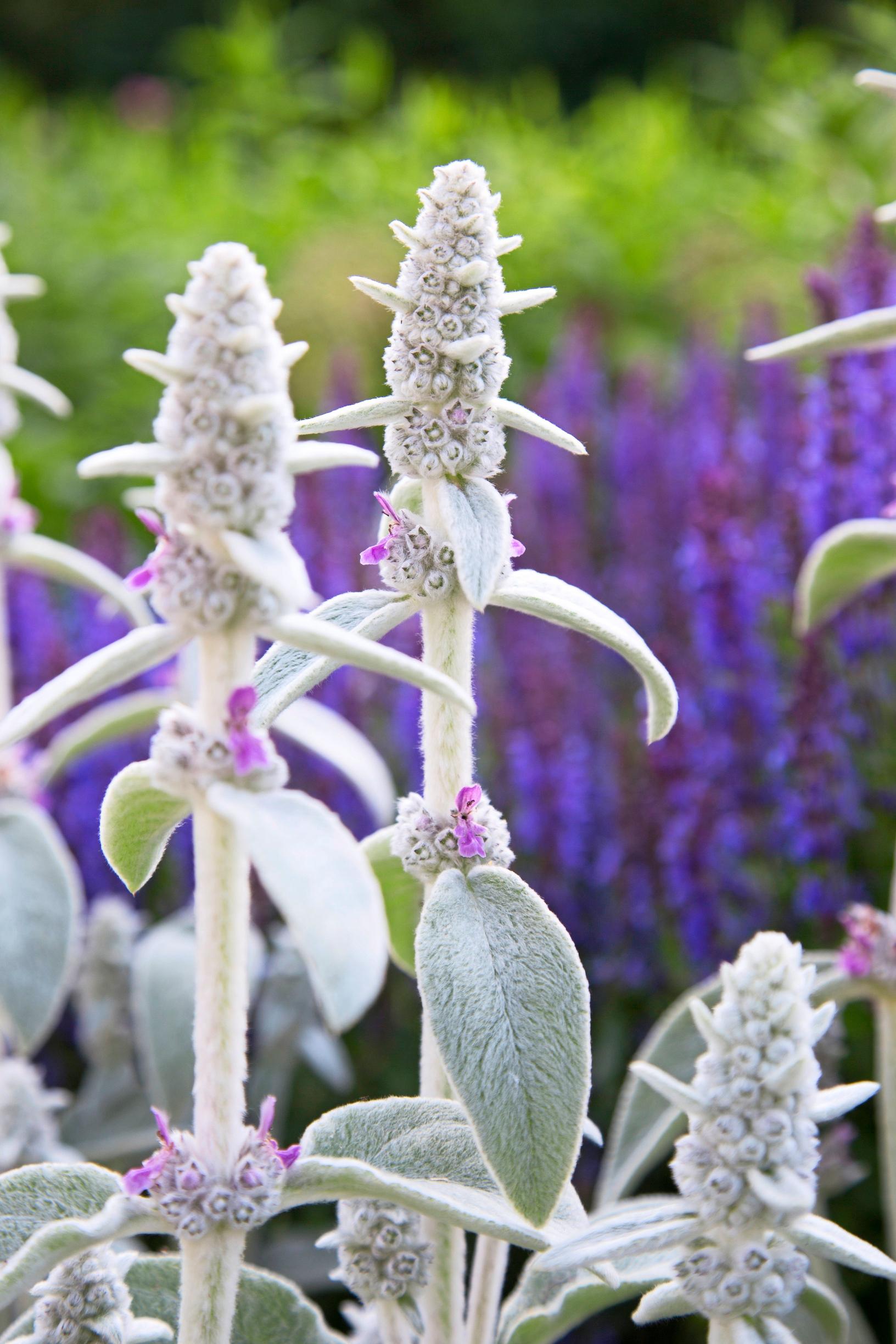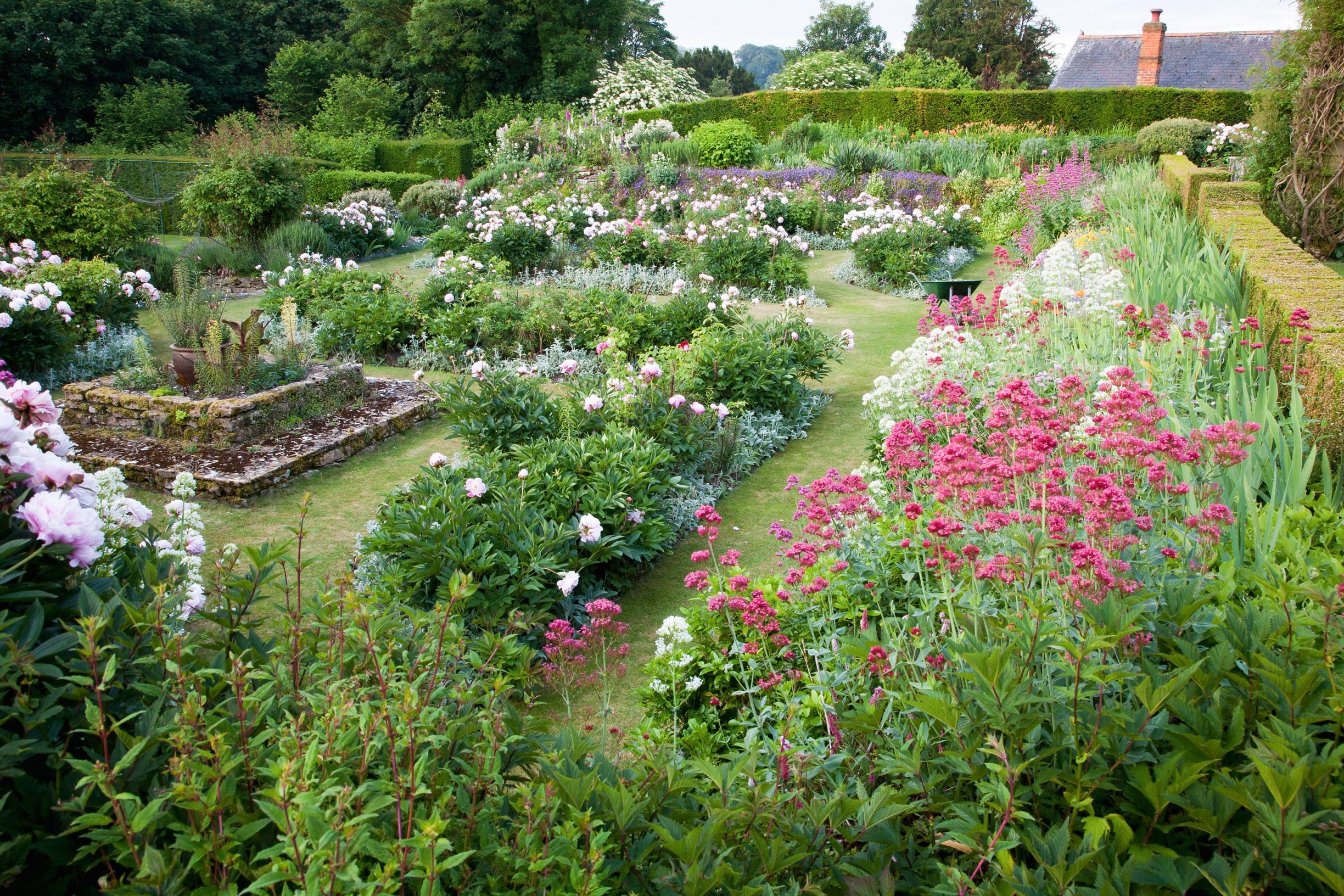
How to use perennials like a garden pro
Dreaming of a relaxed, romantic English-style perennial border? Follow the footsteps of iconic garden designer Gertrude Jekyll. See her favorite plants at the end of the article.
1. Let colors flow
Make your perennial border as large as you can. Gertrude Jekyll often created elongated borders so she could move color through them exactly the way she wanted. If space allows, slide the palette from one end to the other—for example, from pale yellow to orange and then to red. In a smaller garden, choose a color theme and focus on either cool or warm tones.
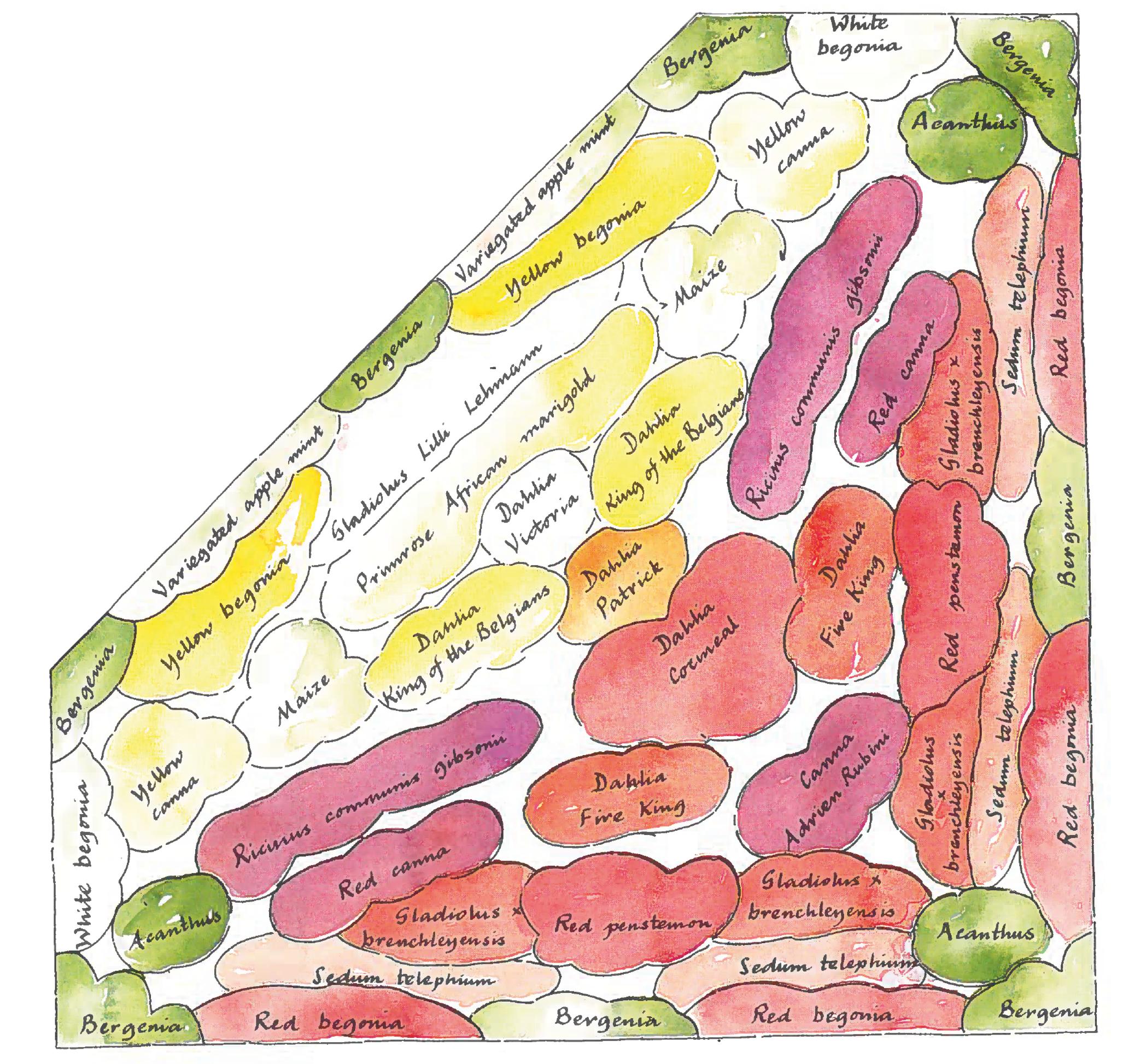
Who is Gertrude Jekyll, anyway? Read our feature on this icon of garden history [in Finnish]
2. Harness gray
Use calm gray as part of your palette. Alongside lamb’s ear, which Jekyll favored, silvery leaves abound on plants such as pearly everlasting, silver and Russian wormwood, dwarf strawflower, silver deadnettle, rose campion, spring and bloody cinquefoil, and silver saxifrage.
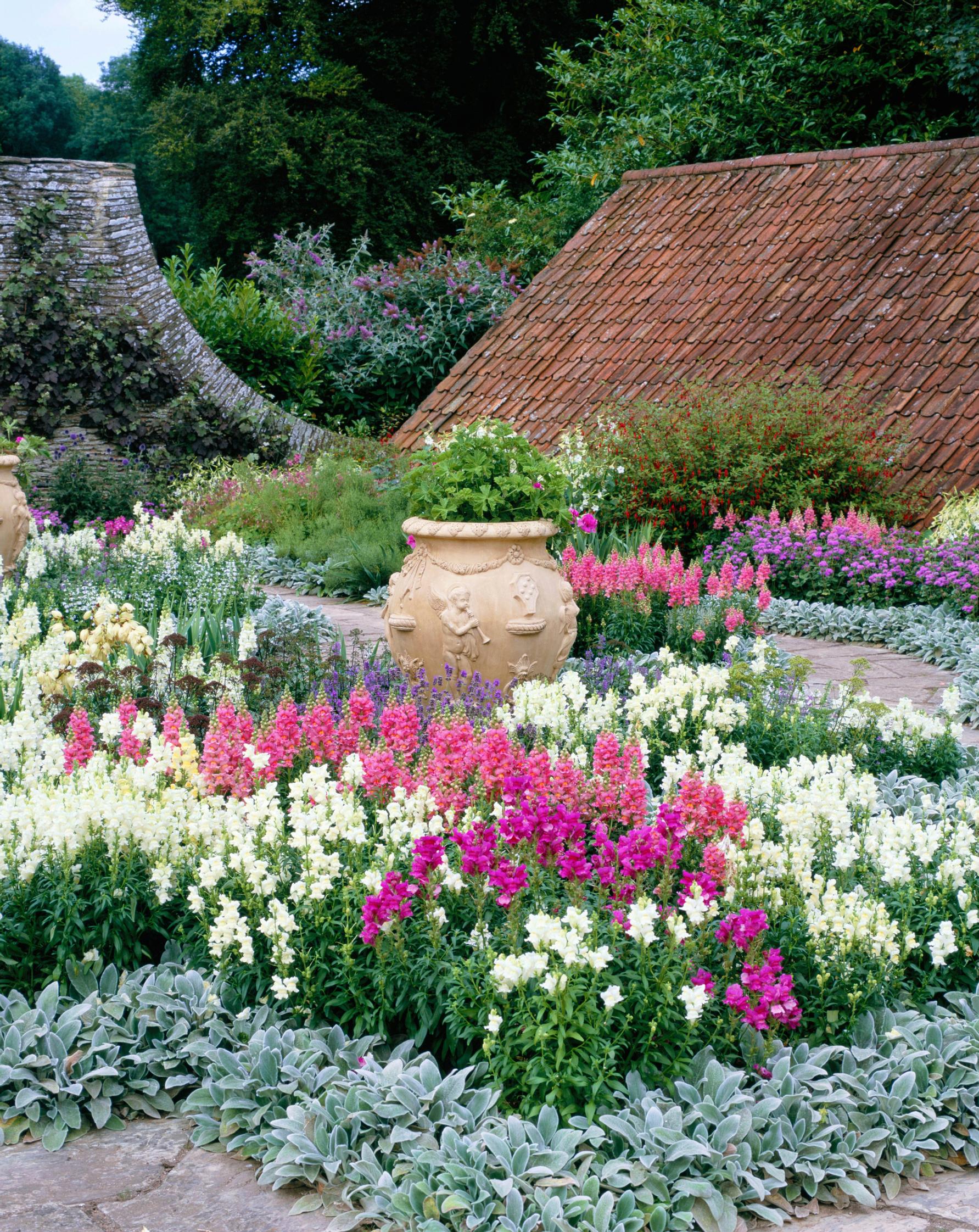
3. Plant generously
Choose plenty of species—the planting should feel abundant. Set each one in fairly narrow drifts so the plants blend into each other like brushstrokes. Tuck midseason eyesores among lush foliage companions. Hide ornamental onion bulbs behind magnificent cranesbills, and place July bloomers next to early-flowering leopard’s bane and oriental poppy.
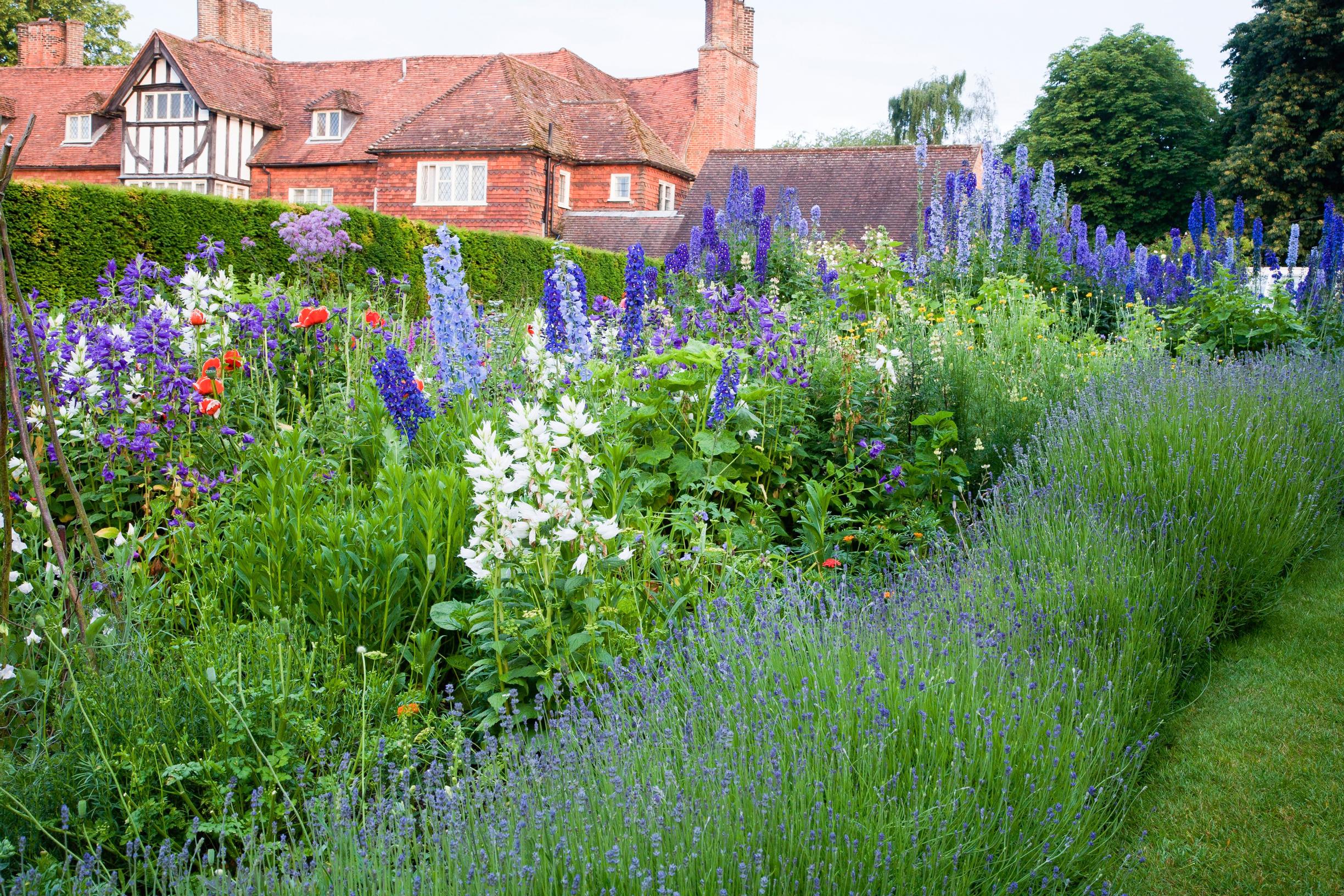
4. Add rhythm
Create rhythm with eye-catching accents. Jekyll used structural plants like Adam’s needle and bear’s breech, whose tall, sculptural forms clearly stand out. Replace tender plants with hardy show-offs without sacrificing drama or size. The yellow torches of leopard plants (Ligularia dentata), Ligularia fischeri and giant mullein soar well over two meters, while castor bean and overwintered canna command attention with their bold foliage.
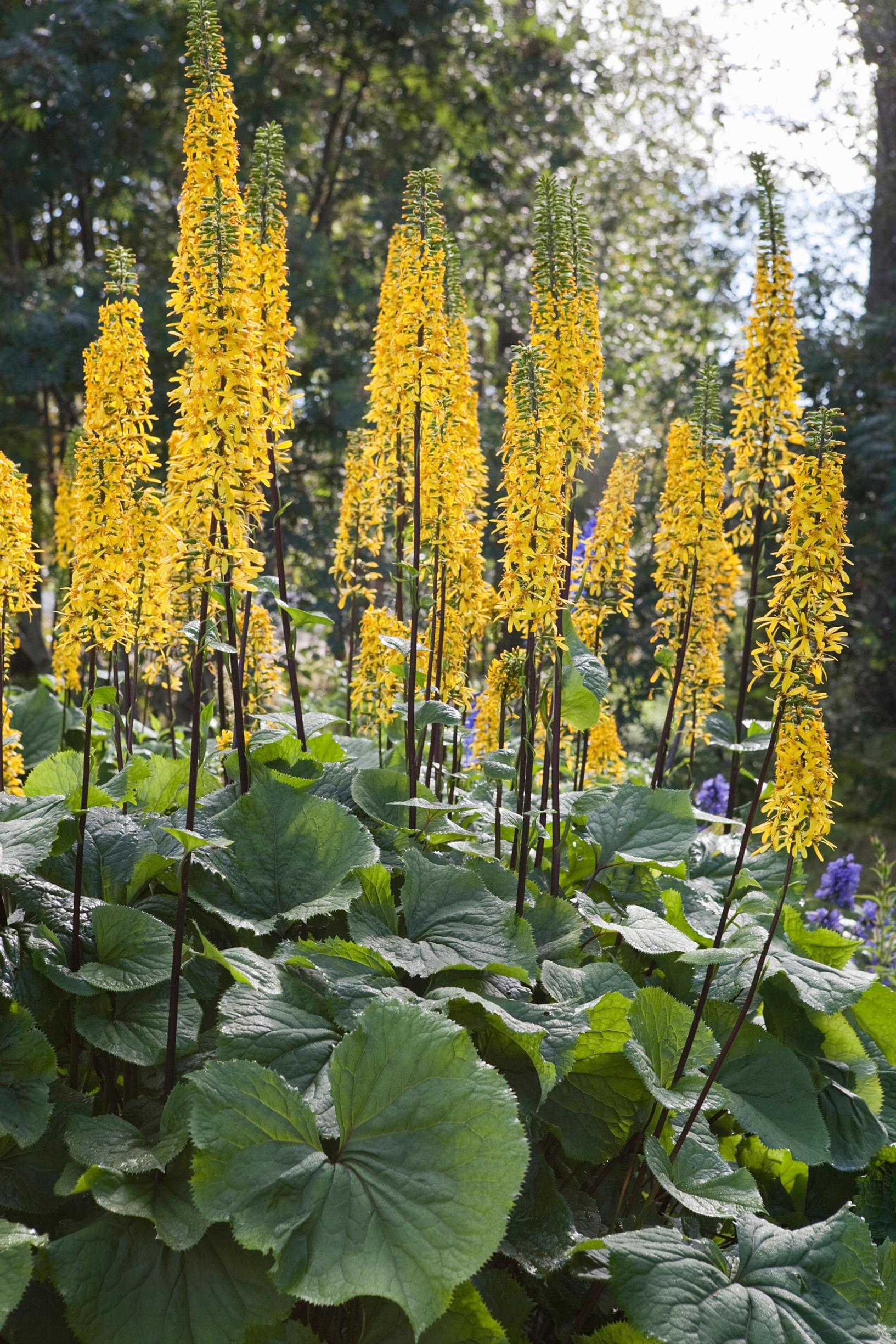
5. Frame with foliage
Edge perennial borders with tidy, smooth-leaved species. Hostas, Japanese sedge and bergenia are dense yet politely spreading—perfect for outlining the composition. For larger plantings, bold-leaved ligularia and daylily provide a calming front edge.
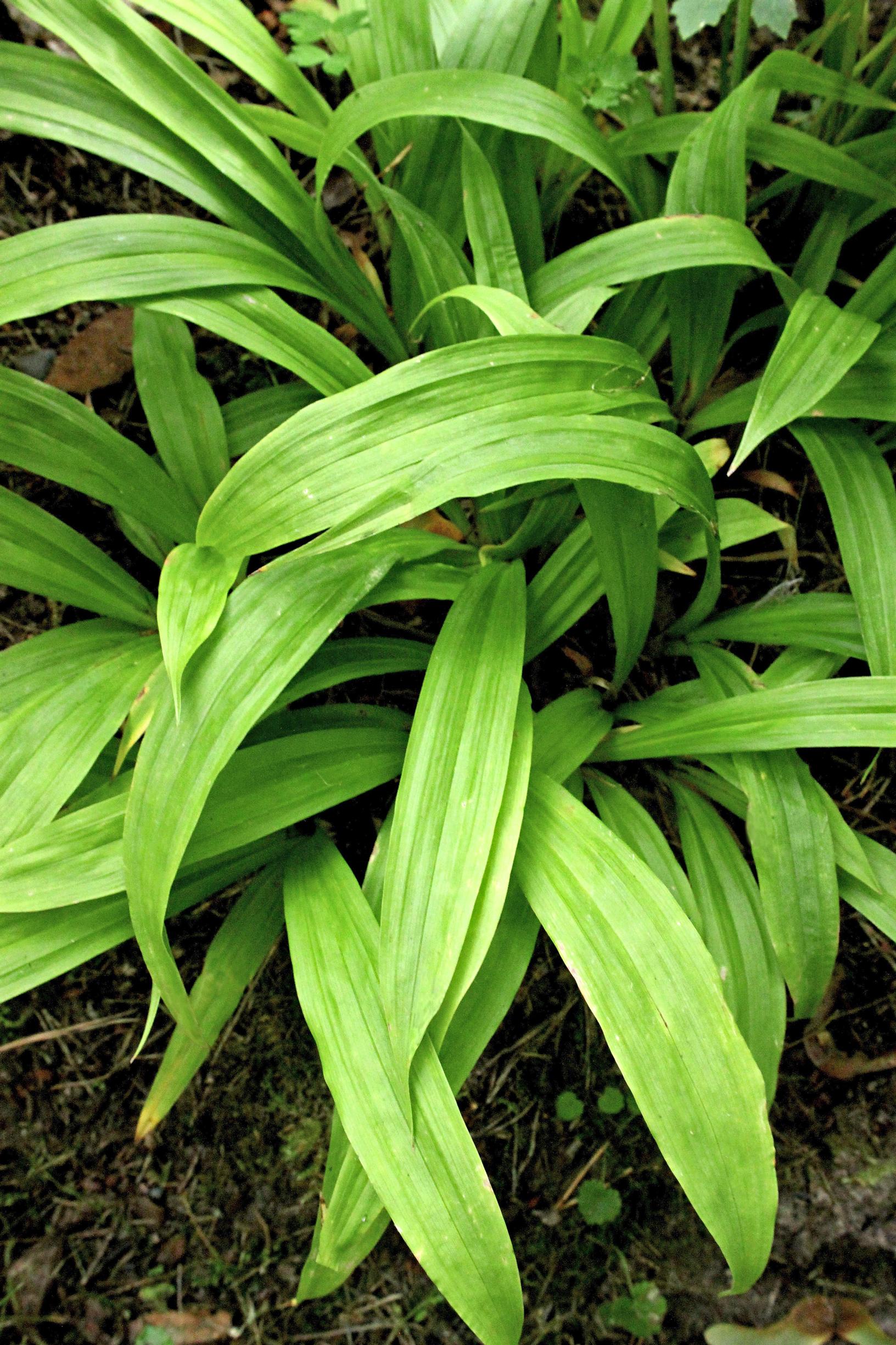
6. Mix hard and soft surfaces
Combine perennials with hard materials. Let Mexican fleabane bloom all summer in the joints of paving or steps, and break up a wide stretch of stone with evergreen bergenia.
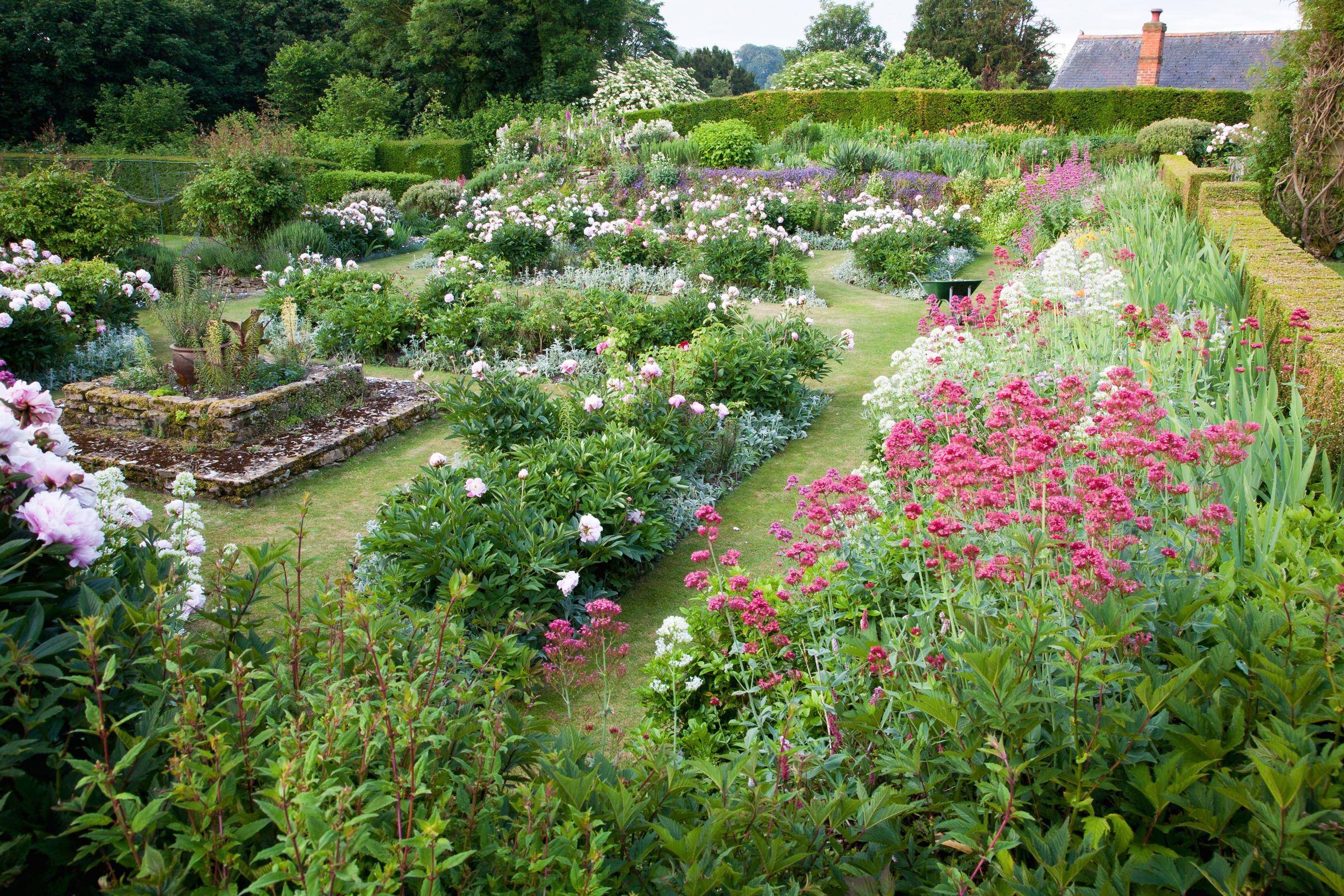
Gertrude Jekyll’s favorite plants
1. Mexican fleabane (Erigeron karvinskianus)
A dainty, long-flowering ground cover that brings color and softness to stone surfaces. Here it is grown as an annual.
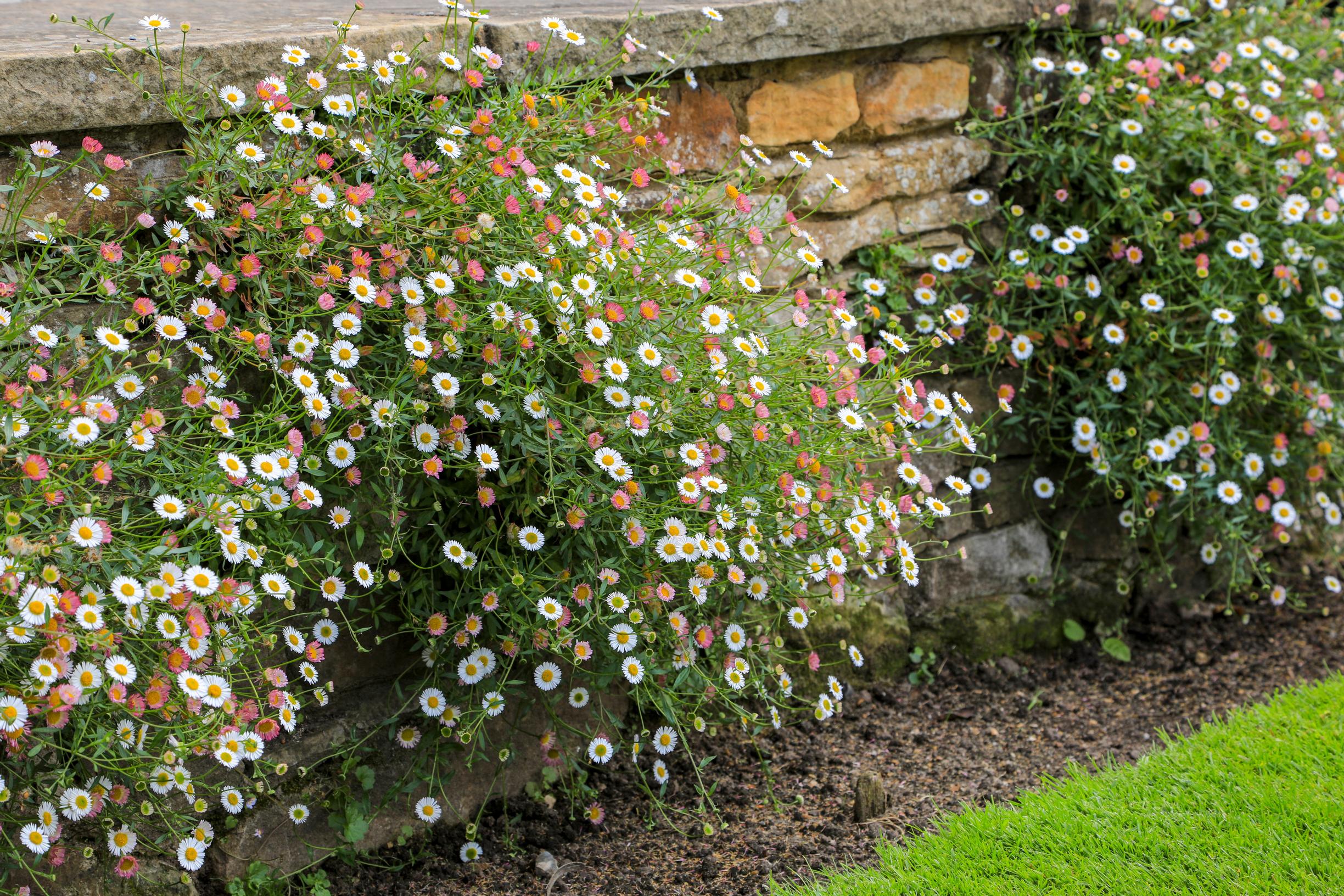
2. Italian aster (Aster amellus)
This perennial colors the garden in late summer and autumn. Suitable for perennial borders and rock gardens.
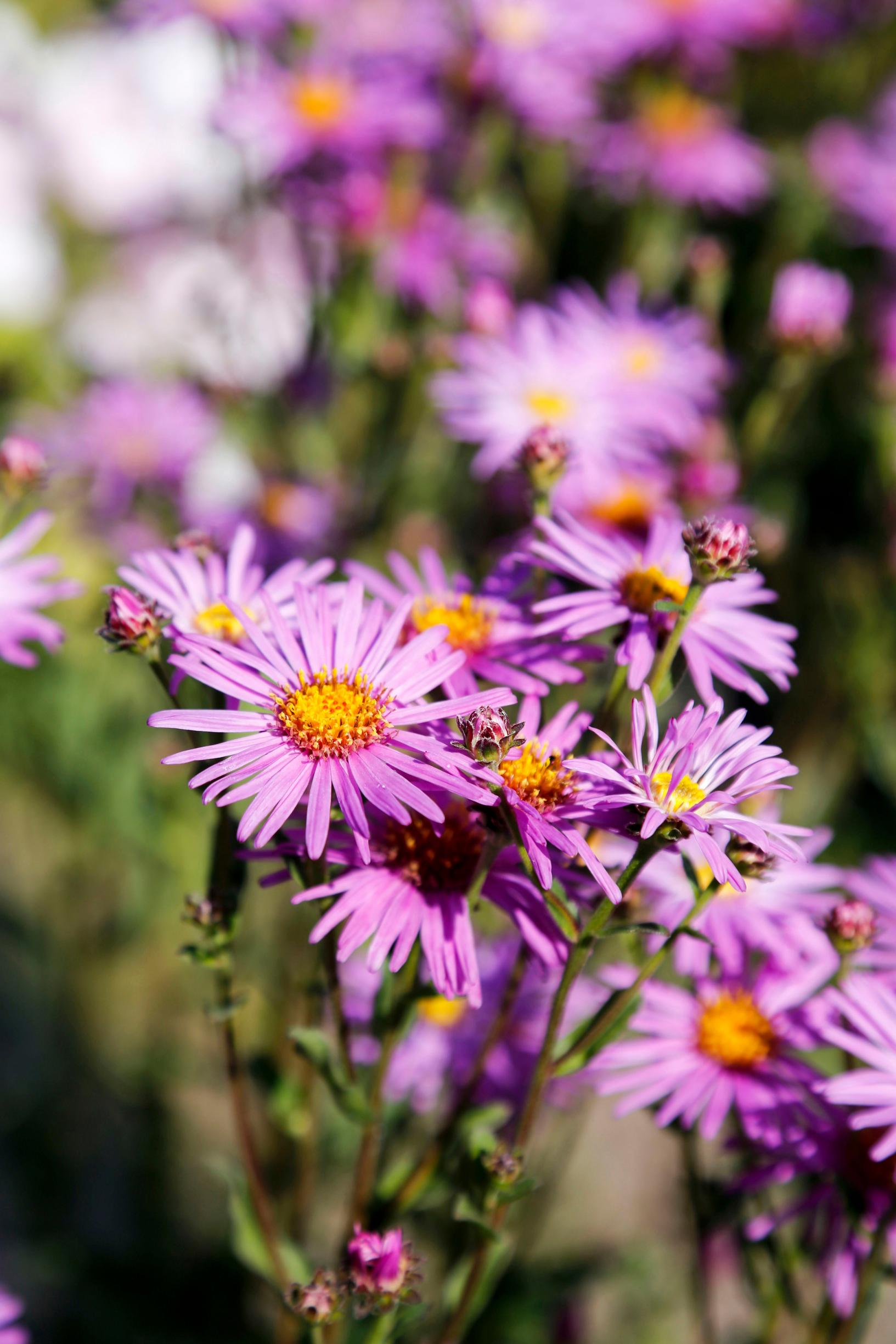
3. Ferns
Shade-loving species add visual interest and lushness with their varied leaf shapes and textures.
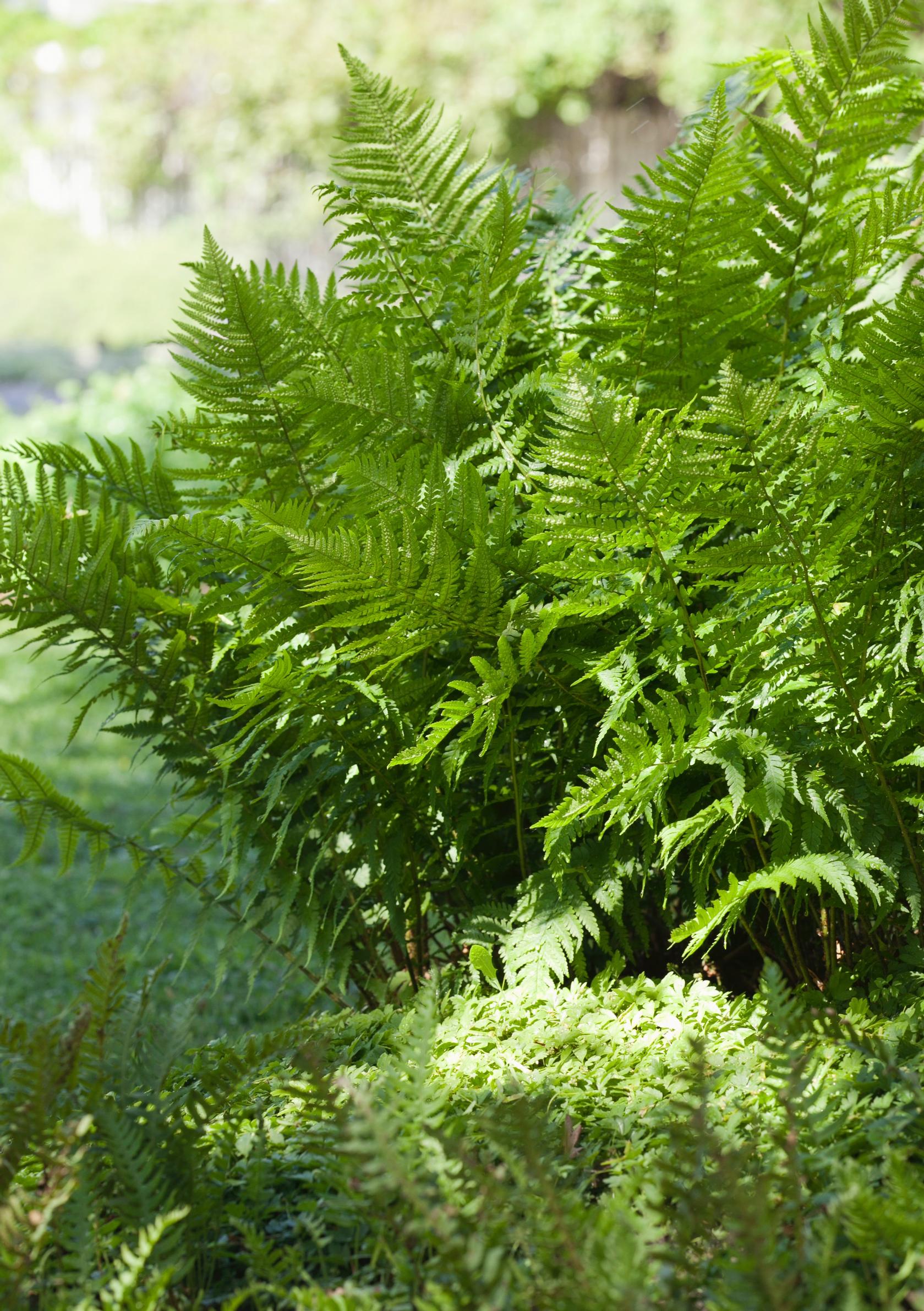
4. Adam’s needle (Yucca gloriosa)
This architectural plant is a visual focal point amid billows of blooms.
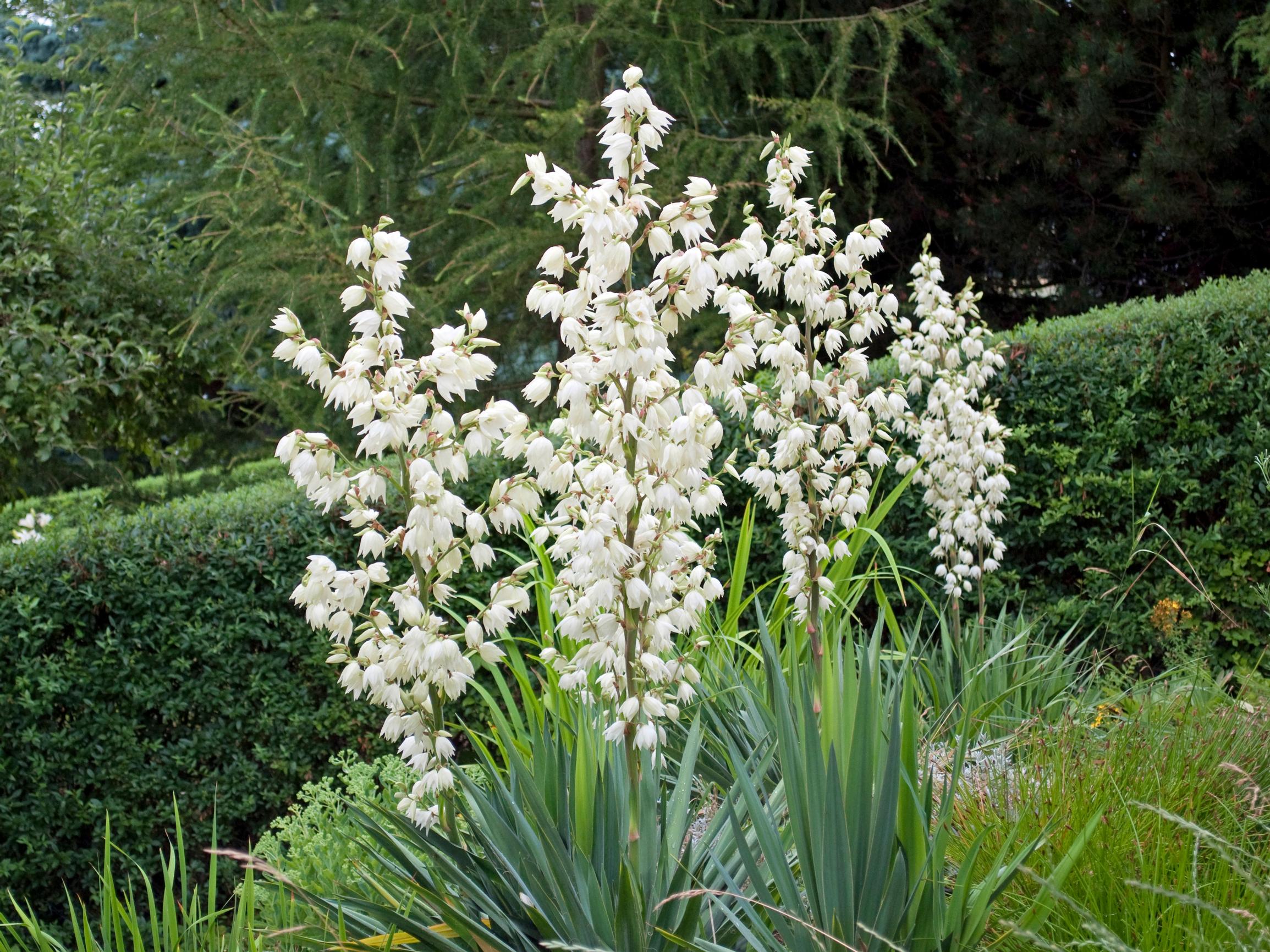
5. Pansy (Viola × wittrockiana)
Long-flowering, multi-hued varieties pair nicely with many species, both in borders and in containers.
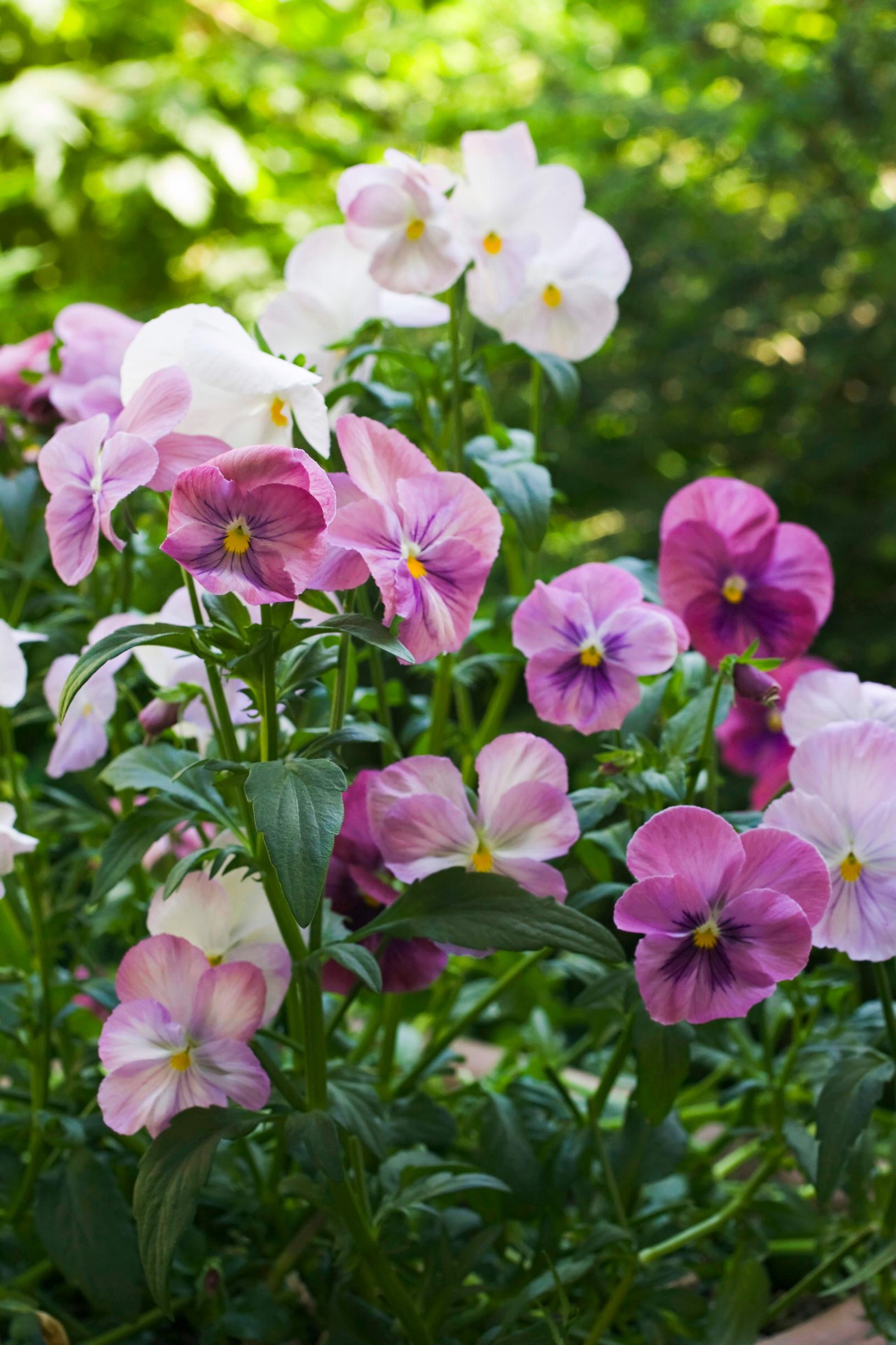
6. Bergenia (Bergenia)
The color of this evergreen perennial’s leaves deepens as autumn cools. Plant it at the front of borders and along paving edges. Jekyll’s favorite was the heart-leaf bergenia ‘Purpurea’.
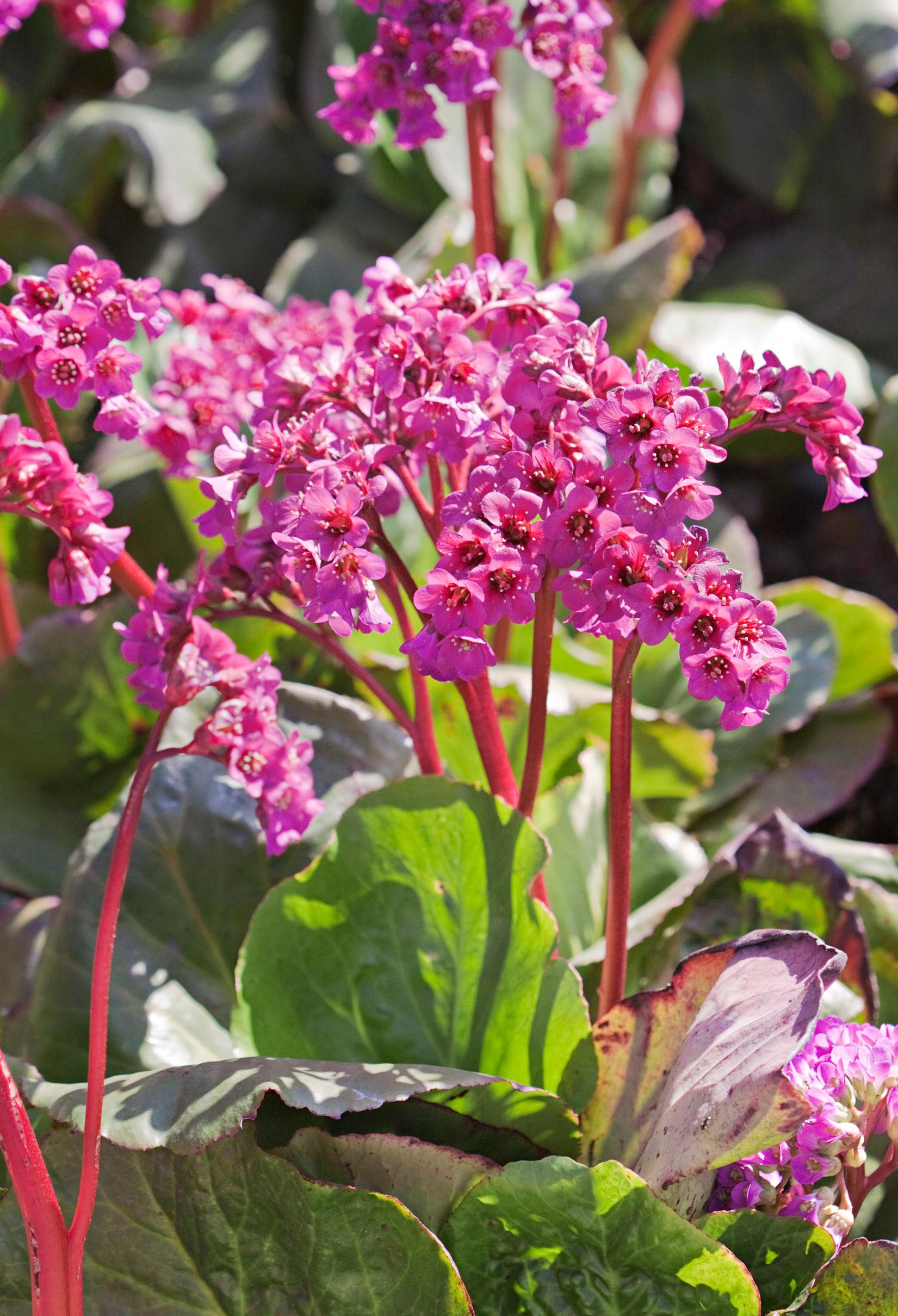
7. Lamb’s ear (Stachys byzantina)
The silvery-gray, velvety ‘lamb’s ear’ was one of Jekyll’s signatures. It provides striking contrast next to brightly colored bloomers—ideal along the edge of a planting.
